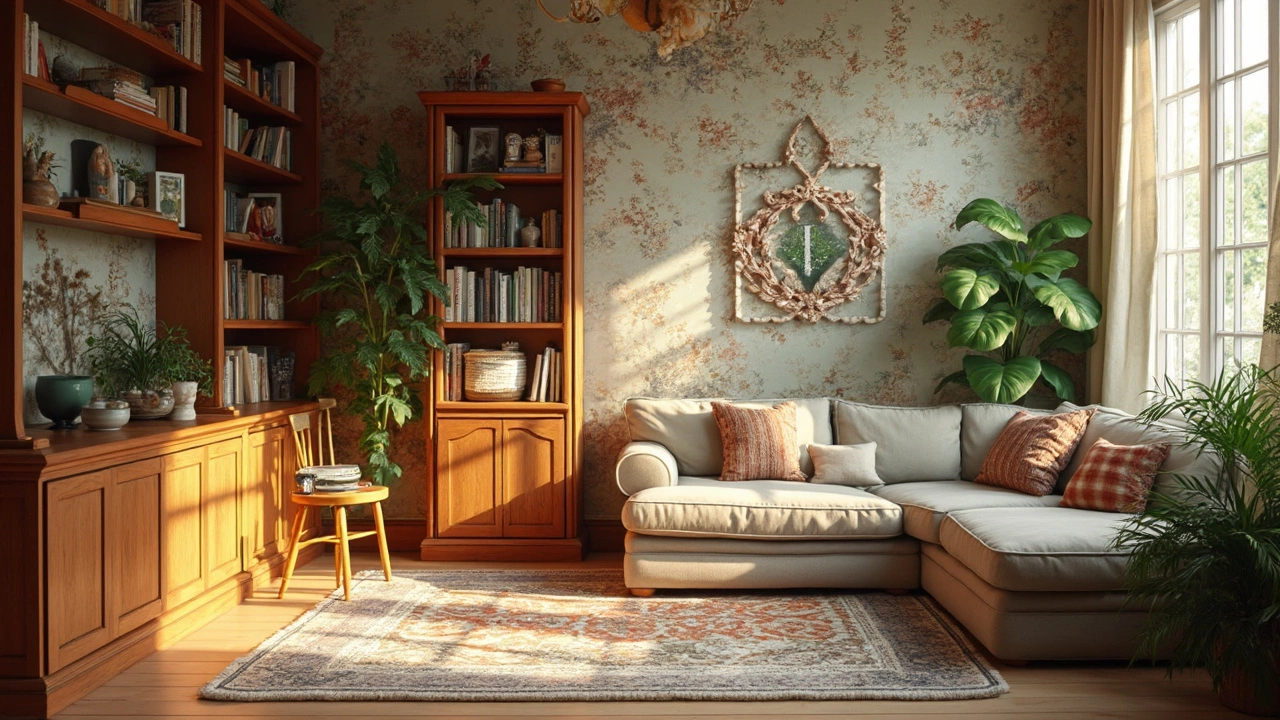Shelving Types: Find the Perfect Fit for Every Room
When you need more storage or just want to show off a few favorite items, the right shelves can change a room instantly. But with so many options—floating shelves, wall units, freestanding bookcases, modular systems—it’s easy to feel stuck. This guide breaks down the most common shelving types, explains where they work best, and gives quick tips on picking the right one for your space.
Common Shelving Styles
Floating shelves attach directly to the wall with hidden brackets. They look clean, take up no floor space, and are perfect for small apartments or minimalist décor. Use them in the hallway for plants, in the kitchen for spices, or above a couch for photos.
Wall‑mounted shelves are similar but typically have visible brackets or a frame. They’re sturdy enough for heavier books or decorative boxes and can be arranged in rows for a built‑in look.
Freestanding bookcases stand on the floor and come in all heights. They’re the go‑to for large collections, office supplies, or a mix of storage and display. Look for adjustable shelves if you need flexibility.
Modular shelving units let you snap together cubes, columns, or ladder‑style pieces. They’re great for renters because you can re‑configure them without drilling. Use them in a nursery for toys, in a home office for files, or as a room divider.
Corner shelves make use of those awkward 90‑degree spots. They often come as angled units that fit snugly, adding storage without crowding the rest of the room.
Picking the Right Shelving for Your Space
First, think about what you’re storing. Light items like picture frames or small plants need only modest support, so floating or wall‑mounted shelves work fine. Heavy books, electronics, or kitchenware require sturdier options—look for thick brackets, solid backings, or a freestanding unit.
Next, measure the wall or floor area. A long stretch of empty wall is perfect for a row of floating shelves. If you only have a short wall, a single wall‑mounted shelf or a narrow ladder shelf can fill the gap without overwhelming the room.
Consider the style of the room. Modern spaces love sleek metal brackets and glass shelves, while a cosy cottage might suit wooden floating shelves with a natural finish. Match the material and colour to existing furniture for a seamless look.
Finally, think about installation. If you can’t drill into walls—say you’re in a rental—go for modular or freestanding pieces. Many modular units use simple connectors and come flat‑packed, making them easy to move later.
Quick checklist:
- What’s the weight of what you’ll store?
- How much wall or floor space do you have?
- What style fits your décor?
- Can you install brackets, or do you need a no‑drill solution?
Answer these questions, and you’ll quickly narrow down the best shelving type. Remember, the goal is to add function without cluttering the room. A well‑chosen shelf not only holds items but also adds visual interest.
Ready to upgrade your storage? Pick the type that fits your needs, measure carefully, and enjoy the fresh look a simple shelf can bring to any room.
-

Best Material for Shelving: Top Choices and Their Advantages
Looking to choose the best material for your shelves? This article covers the top options, from classic wood to sleek metal, providing insights into their unique features and suitability for different spaces. Whether it’s for your kitchen, living room, or garage, discover which material ticks all your boxes, and learn some practical tips on making your shelving more stable and stylish.
